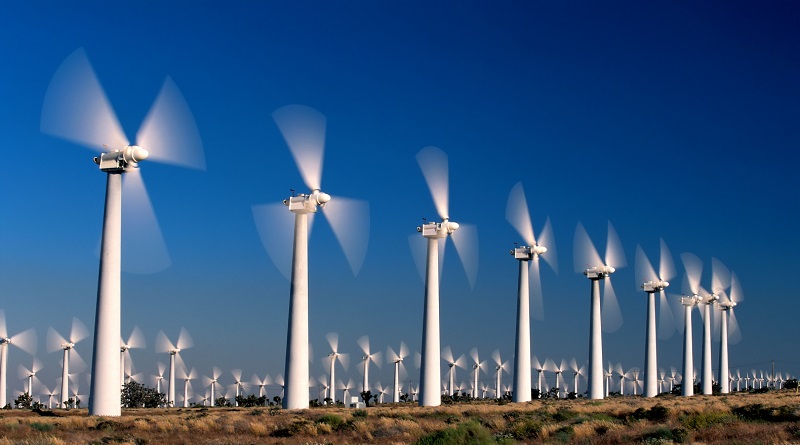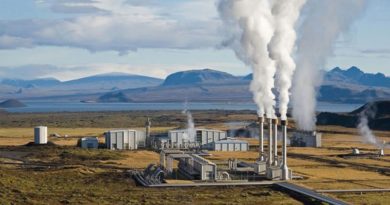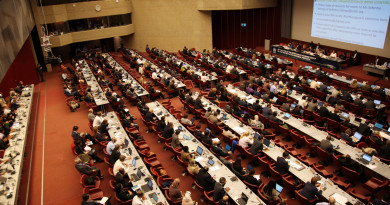Report outlines benefits of low-carbon technologies
A radical transformation in the way energy is supplied and used will be needed if the world is to meet its ambition of keeping global temperature increase to below 2 degrees Celsius, but the impacts of that transformation on the environment and on natural resources have been unclear.
Now, the International Resource Panel, a group of eminent experts in natural resource management hosted by UN Environment, has provided a global assessment of the benefits, risks and trade-offs encountered when energy efficiency technologies are deployed alongside low-carbon electricity supply technologies.
In its latest report, entitled Green Technology Choices: The Environmental and Resource Implications of Low-Carbon Technologies, released on Friday May 12, 2017 at the Vienna Energy Forum, the Panel examines eight energy efficiency technologies and 36 sub-technologies across buildings, industry and transportation.
The report shows that while there are clear environmental benefits from the use of these technologies, particularly in reductions to greenhouse gas emissions, air pollution, and land and water use, there may also be some additional considerations, such as an increased use of metals.
“We are on the right track. We know that cleaning up the air we breathe gives rise to huge benefits to both human and environmental health, and we know, too, that low-carbon energy efficiency technologies can help us reduce damaging climate change,” said Erik Solheim, head of UN Environment.
“But we’re also clear on the need for greater action on building a circular economy that cuts waste, and on production innovations that could also create new, green jobs.”
The report is important because it is only by having a complete picture of the impacts of low-carbon technologies throughout their full life-cycle that governments and regulators can put in place policies to maximize environmental benefits.
The report compared two scenarios – a global temperature rise of 6 degrees Celsius and a scenario where the global target of 2 degrees Celsius above pre-industrial levels is achieved.
Key findings of the analysis include:
Low-carbon energy production and energy efficiency technologies are needed for a substantial reduction in global greenhouse gas emissions. Taken together, under the 2-degree scenario, the combined technologies have the potential to cut about 25 billion tonnes a year of greenhouse gas emissions by 2050, which is about 34 per cent lower than the emissions under business-as-usual.
Low-carbon energy technologies avoid more than just greenhouse gases. The report finds that under the 2-degree scenario more than 17 million tonnes per year of particulate matter and over 3 billion tonnes of emissions toxic to humans could be avoided.
Low-carbon energy technologies also alleviate pressure on land and water, but may increase pressure on metallic resources. More than 200 billion cubic metres of water a year and nearly 150,000 square kilometres of land occupation could be saved by 2050, the report finds, but low-carbon energy technologies will require over 600 million tonnes of metal resources over the same period for additional infrastructure and wiring needs.
By 2050, 90 per cent penetration of LED lighting, along with expected efficiency improvements and decarbonized electricity generation, would allow global demand for lighting to grow 2.5 – 3 times, while still reducing the total amount of energy consumed.
The building insulation technologies considered in the report could reduce life-cycle greenhouse gas emissions from heating and cooling by 30-50 per cent.
Decarbonization of electricity should be accompanied by the electrification of transportation, especially in regions that rely heavily on fossil-fuel-based electricity. The report found that aggressive electrification of passenger transport in regions that rely on coal and oil-based electricity led to an increase – rather than a decrease – in environmental and natural resource impacts.




